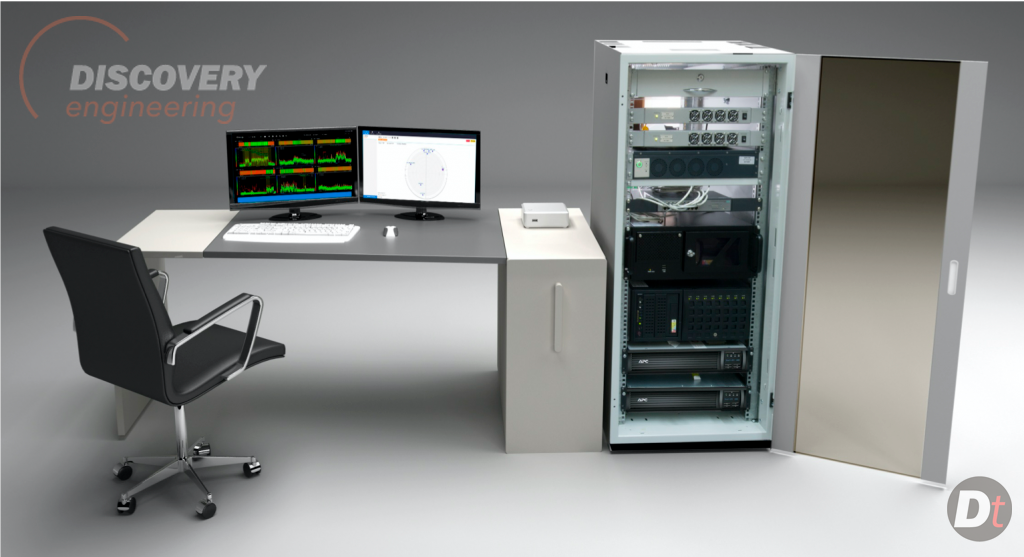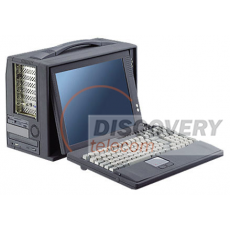 Print
Print

Advanced Interception Systems.
Intelligence and surveillance
E-mail: info@intercept.ws
Thuraya Strategic Satellite Interceptor (TSSI)
|
|
Main services of the Thuraya Strategic Satellite Interceptor
• Voice communication;• Dial‐up data transmission;
• GmPRS batch communication;
• Facsimile communication;
• Transmission of short messages;
• Defining of geographical position of subscribers.
The TSSI system is intended to intercept information transmitted through Thuraya network C-band and L-band channels
Intercept of Up Channel UNLIMITED, Down Channel - depends on the L-band antenna
Thuraya is the first generally available mobile satellite communication system covering the territory of 110 countries of Europe, Central Asia, Middle East, North and Central Africa. Presently the system operation is supported by three satellites.
Thuraya Strategic Satellite Interceptor provides
• Interception of voice communication;
• Interception of Facsimile communications;
• Interception of short text messages;
• Interception of data transmitted between terminals of the system;
• Interception of call related information;
• Defining of geographical position of Thuraya terminals;
• Continued (24/7) operation, processing and storage of information;
• Full‐range and flexible retrieval of stored information on the user demand;
• Issuing of reports and recommendations based on stored information assessments.
Thuraya Strategic Satellite Interceptor structure
Functionally TSSI comprises several subsystems intended to receive and amplify the signal, to process and store the intercepted data:a. TSSI‐RF‐C The subsystem receives and amplifies high‐frequency signal which comes from a C‐band satellite antenna and rely it to processing subsystem TSSI‐P.
b. TSSI‐RF‐L The subsystem receives and amplifies high‐frequency signal which comes from a L‐band satellite antenna and rely it to processing subsystem TSSI‐P.
c. TSSI‐RF‐L‐M The system is similar to the TSSI‐RF‐L but used for configuration with multiple L‐band antennas and works in conjunction with TSSI‐P‐M subsystem.
d. TSSI‐P The subsystem is for processing of communication signals relied from TSSI‐RF‐C, TSSI‐RF‐L and TSSI‐RF‐L‐M subsystems. It identifies communication sessions and carries out other necessary functions related to data processing, as well as storage and processing of accumulated data.
e. TSSI‐P‐M The subsystem is for processing of communication signals relied from TSSI‐RF‐L‐M subsystem. For full operation of entire system a communication link with TSSI‐P subsystem will be required.
www.intercept.ws
Please check prices and availability of equipment.

